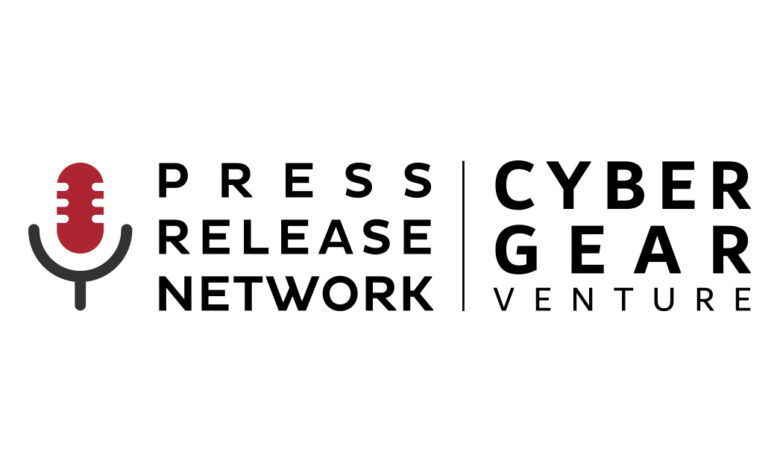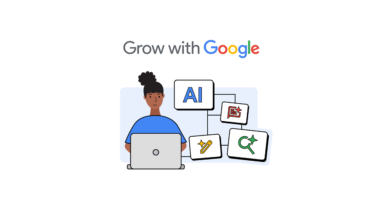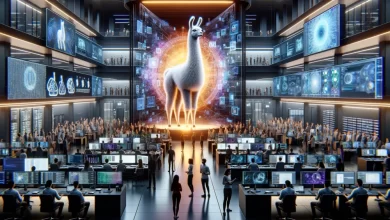Is Gen AI The Flavor Of The Season, Or Is It Here To Stay?

Have you ever heard of Generative AI?
If you’ve spent any time online lately, the answer is probably a big “yes.” Generative AI, or GenAI, has been the talk of the town in many industries, from the creative to the legal, since ChatGPT became viral in late 2022. However, given all the hype around this ground-breaking new technology, misunderstandings are likely.
What distinguishes GenAI from conventional AI?
The development of machine learning, which is the process of utilizing computers to create models that provide data-based predictions on topics like price inflation or the most profitable new brand to buy, has been linked to artificial intelligence (AI). In the meantime, GenAI creates whole new things out of data, including text, graphics, code, and much more.
Why is GenAI the talk of the town?
Breakthroughs in artificial intelligence have been occurring for years, if somewhat in the background of daily life. For example, in 2020, Google DeepMind was able to predict protein structures, which solved an issue that had been ongoing for decades. Given how significant many of these AI advancements have been, why has GenAI generated so much more controversy? Maybe because GenAI is readily available to us and can engage our sensations as well as our logic, leaving a lasting and profound impression on us. Pictures of politicians in jail or devout religious leaders wearing ski coats with puffiness are certainly unforgettable.
The internet is awash with GenAI-produced content, and the technology is currently being incorporated into the retail, healthcare, financial, and creative industries—the latter of which is not without controversy. However, previous seemingly unstoppable movements have faded (see Web3 and the Metaverse), thus it begs the question of whether this is a passing craze similar to NFT or if it’s here to stay. The answer is obvious to specialists at fifty-five: GenAI is here to stay.
A BRIEF HISTORY OF GENERATIVE AI
GenAI is not all that old if we start with Alan Turing and his groundbreaking “Imitation Game” article in 1950. Joseph Wizenbaum at MIT created ELIZA, the first natural language chatbot, in the 1960s. Although these developments were GenAI, the technology required too much data and computer power to be used outside of the narrow focus of research projects. The 2000s brought with it massive volumes of data and data-driven decision-making; the 2010s brought with them enhanced processing power that clashed with increased accessibility (cloud computing, for example) and superior machine learning models (VAEs and GANs). By repeatedly comparing produced data with real data until the computer was unable to distinguish between the two, the latter altered the rules of the game. The ideal storm was upon us, fueled by massive volumes of data, enormous processing power, and models that could identify correlations between variables that humans could never have imagined.
THE LANDSCAPE OF GENAI IN 2023
The true turning point for the public came with the release of several apps in the second half of 2022, including ChatGPT, Dall-E 2, and MidJourney. Early in 2023, as the initial novelty wore off, attention shifted to how we could use these tools to improve our lives and professions. The majority of eyes went straight to the creative sectors, where GenAI is perceived as both a massive opportunity and a major source of conflict, as evidenced by the ongoing American writers’ and actors’ strikes. For better or worse, this will be a major test of how generative AI works in our culture. However, GenAI is not limited to artistic uses; it may also be applied in other useful contexts. For example, GitHub Copilot generates code, which might save developers hundreds of man-hours. Aragon, on the other hand, uses user pictures to create LinkedIn-ready headshots, making career-building more accessible to everybody.
With consumers who are more comfortable using the technology than any other, the marketing technology sector is by far the most enthusiastic early adopter of GenAI, giving it greater leeway for development and experimentation. As genuine data specialists, we at fifty-five begin by assessing the organizational requirements and data maturity of our clients before creating specialized GenAI solutions. While most were still getting started with GenAI projects, our martech innovations teams created tools like our GenAI-powered Media Taxonomy Manager, which can identify errors in media campaign taxonomy and suggest corrections that can result in more accurate media reporting, or BigQuery Assistant, which enables users to explore data using their natural language without the need for SQL knowledge.
GENAI HEADED WHERE?
Fifty-five forecasts that over the next few years, GenAI will appear in data intelligence, content creation, change management, and product suggestion enhancements, to mention a few. However, this progression will require more than simply clever ideas. It will require skillful execution. It’s one thing to use public models, but how will your company include its distinct data and requirements to fully utilize AI? How will you carry out this task morally and safely? Clear planning with knowledge of quick engineering, governance, and fine-tuning is essential for organizations.
Expertise is essential to avoid becoming lost in a somewhat dense landscape. At fifty-five, we work with clients to balance their needs with effective technology in all of its forms, and we collaborate with them every step of the way to ensure a smooth adoption experience. Plus, it’s important to choose the correct GenAI solution for your purposes rather than just following the hype. Acumen predicts that the GenAI market will reach a valuation of over 110 billion dollars by 2032. According to Bloomberg, it’s more like $1 trillion.



